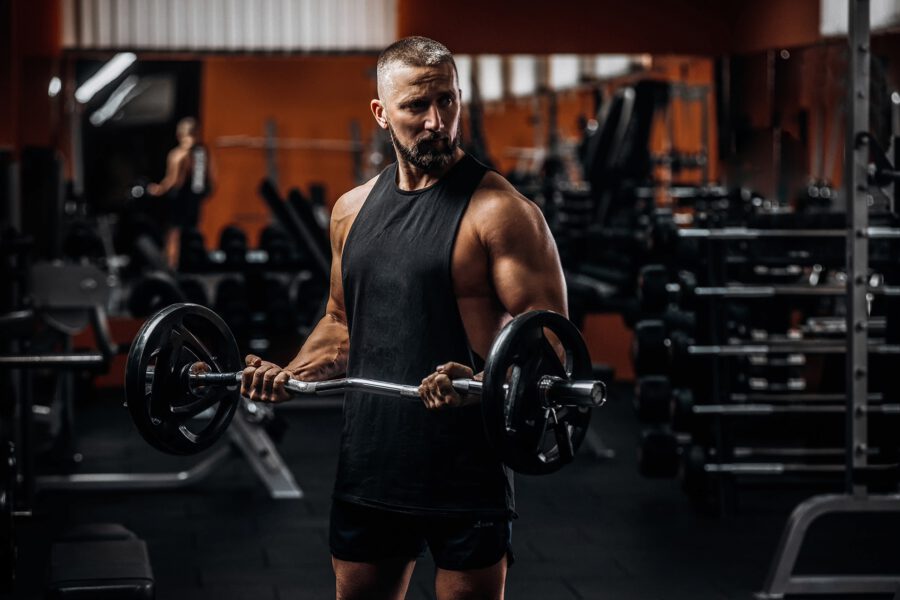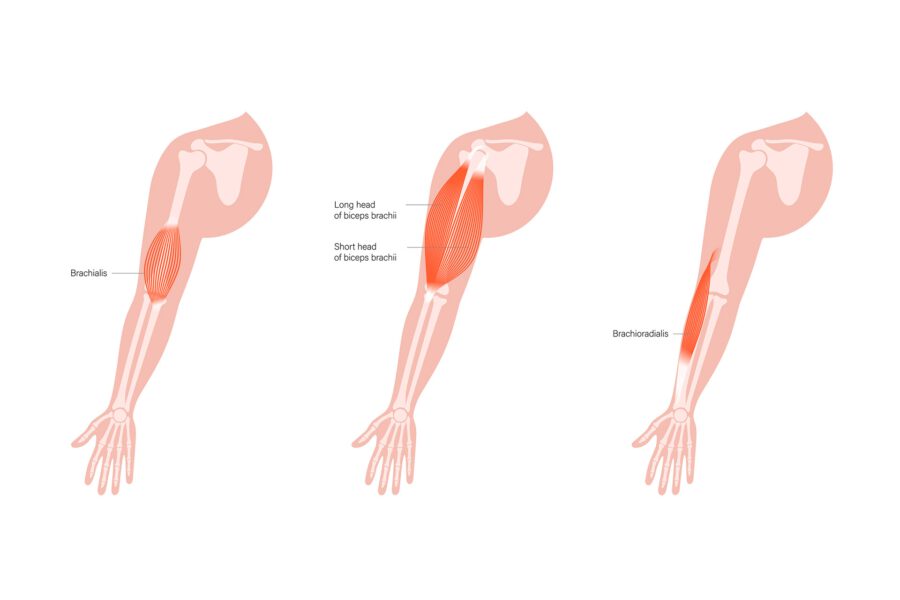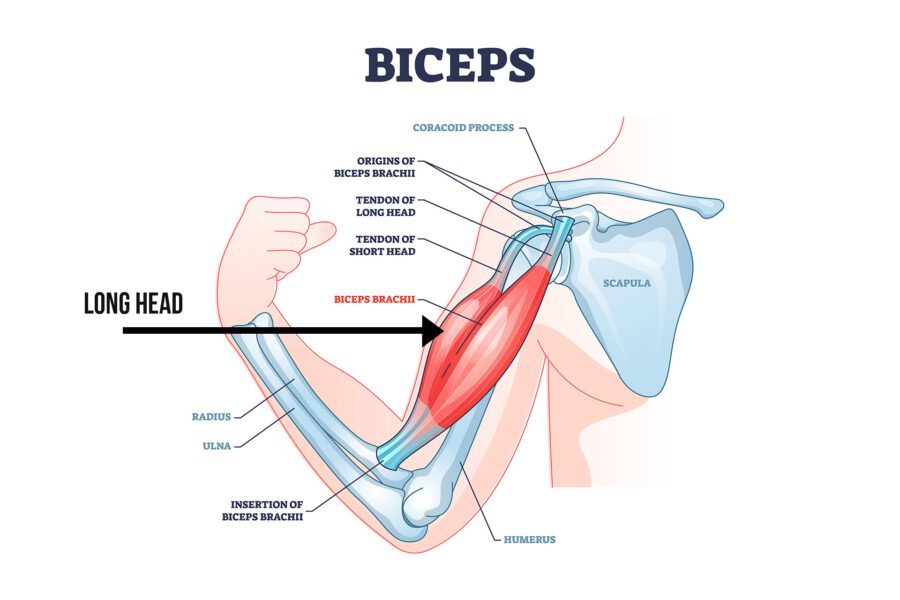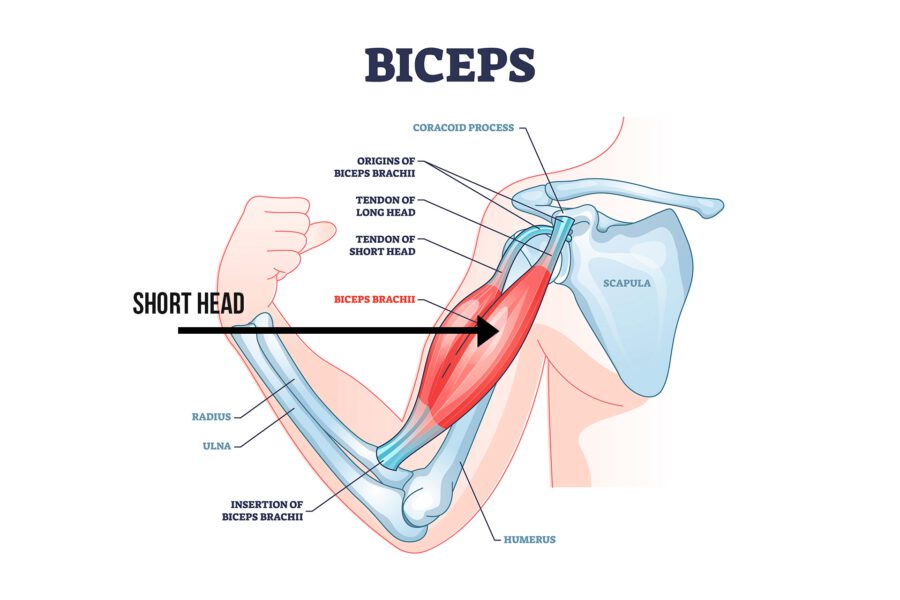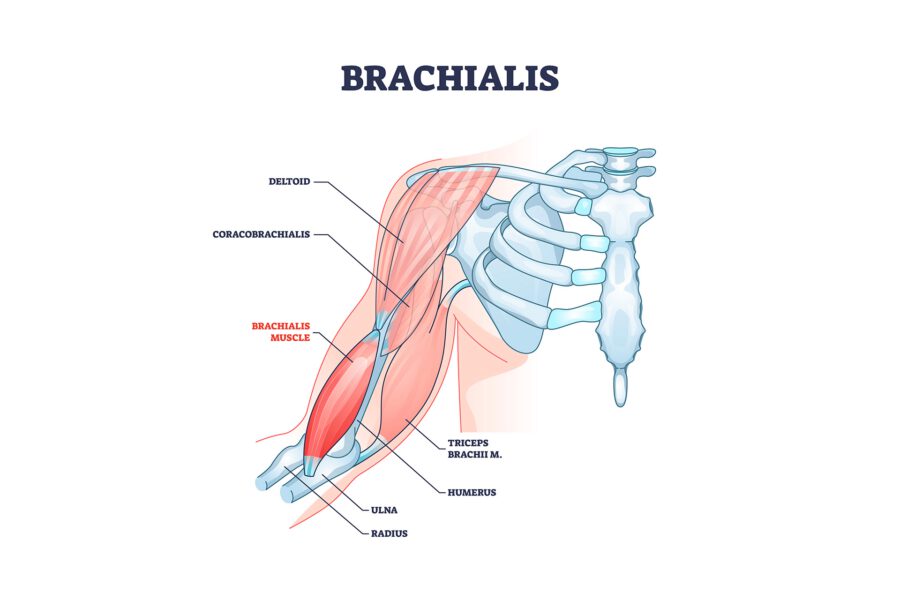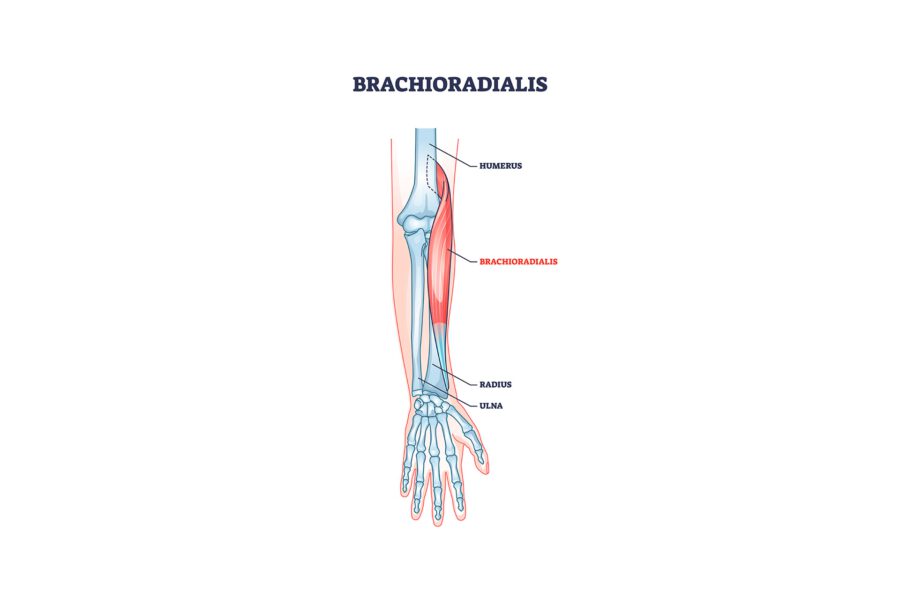The 4 Best and Worst Bicep Exercises for Bigger Arms
Do you find it challenging to grow your biceps? Many fitness enthusiasts, especially men, take pride in having big, well-developed arms. For decades, well-defined biceps have been associated with strength, commanding both aesthetic appeal and respect.
But building strong, defined biceps isn’t just about lifting heavy weights. It’s about mastering technique, staying consistent, and understanding how each part of the movement contributes to your growth. When you focus on doing things right, the results will naturally follow.
This article will give you the best and worst bicep exercises based on science to help you optimize your arm strength and growth.
The biceps are a two-headed muscle made up of the long head and the short head, both of which contribute to your arm’s size, strength, and overall function.
For this article, we will also give emphasis on the muscles comprising your frontal arm such as the brachialis and brachioradialis, which further highlight the size of your biceps.
When building your biceps, it's important to understand that your forearm strength and grip position significantly impact how effectively you target the biceps.
Many people overlook this connection, but the way you grip the bar or dumbbell—and the strength of your forearms—can either enhance or limit your biceps engagement.
We’ve chosen the best exercises based on their ability to effectively engage the muscle groups, maximize the range of motion, and provide the potential for progressive overload.
The long head of the biceps runs along the outer part of your upper arm and contributes to the iconic biceps "peak" when flexed. It's heavily involved in shoulder flexion and elbow flexion, which is why targeting this part of the biceps is crucial for building overall size and shape.
This muscle is often prioritized by bodybuilders to create that impressive arm size, as developing the long head can make your biceps appear taller and more defined from the front.
While the reverse curl is a common exercise, it’s not effective for targeting the biceps, especially the long head.
Because you’re using an overhand grip, this exercise shifts much of the load to the brachialis and brachioradialis, minimizing biceps activation. In fact, one of the key functions of the biceps is forearm supination (turning your palms up), which is completely taken out of the equation in the reverse curl.
By positioning your arms behind your body, this exercise stretches the long head, forcing it to work harder throughout the range of motion.The greater the stretch, the more activation you get in the long head, leading to more growth.
This exercise also allows for better isolation of the biceps, making it a top choice for building the peak of the biceps.
Other great exercises for the long head of the biceps:
The short head is located on the inner side of your upper arm and contributes to the overall width and thickness of your biceps. If you want arms that look fuller from the front, targeting the short head is essential.
It plays a major role in forearm supination (turning your palm up) and elbow flexion, meaning it’s working hard during curls and other pulling exercises Since the short head of the biceps is heavily involved in everyday movements such as lifting and pulling, it is essential to give attention to this part of the biceps if you are an athlete.
The concentration curl has long been a staple in many routines, but it often falls short due to poor execution. Most people either rest their arms on their thighs or press their elbows too hard into their legs, which creates a leverage point that reduces the workload on the biceps.
This can remove much of the tension needed for effective growth, making it more of a "seesaw" motion.
The spider curl is one of the best exercises for hitting the short head of the biceps. With your arms positioned in front of your body, this movement emphasizes the inner portion of the biceps, helping you build that thickness and width.
Unlike the preacher curl, the spider curl gives you freedom of movement, reducing the risk of overloading and allowing for a more natural range of motion.
Other great exercises for the short head of the biceps:
The brachialis is the muscle located underneath the biceps brachii. While it’s not visible on the surface, developing the brachialis can push the biceps up, giving your arms more overall size and definition.
The Zottman curl has potential, but it’s not the most effective for building the brachialis.
The movement starts with a standard curl, which activates the biceps, but then switches to a reverse grip on the eccentric phase (the lowering part).
Since the eccentric portion is where muscle growth often happens, switching to a reverse grip takes the focus away from the biceps and brachialis, preventing you from getting the most out of the exercise.
The neutral grip (thumbs up) places more tension on the brachialis than the traditional supinated curl, helping to grow the muscle underneath the biceps.
This adds thickness to your upper arms, making your biceps appear bigger and more defined.
Other great exercises for the brachialis:
The brachioradialis runs along the forearm and helps with elbow flexion, especially when the hand is in a neutral or pronated (overhand) grip. Building this muscle can give your arms a more balanced, complete look.
A reverse grip shifts much of the focus away from the brachioradialis and can place strain on the wrists.
This exercise doesn’t provide enough isolation for the muscle, making it less effective for growth.
A classic chin-up with a supinated grip is one of the best exercises for targeting the brachioradialis, along with the biceps.
By using a full range of motion and focusing on the 90-degree angle of the elbow, you can increase biceps and brachioradialis engagement. Plus, the added resistance of lifting your bodyweight makes this a fantastic choice for arm development.
Other great exercises for the brachioradialis:
1. Prioritize proper form
One of the most common mistakes when performing curls is going too heavy, which can lead to form breakdown and unnecessary muscle recruitment from areas like the shoulders and back.
Instead, focus on using a moderate load with a higher rep range—anywhere from 8 to 20 reps. This allows you to maintain good form and maximize the mind-muscle connection, which is critical for hypertrophy (muscle growth).
In fact, research shows that focusing on squeezing the biceps during curls leads to significantly more muscle growth than simply moving the weight. So, it’s not just about the numbers on the bar—it’s about how well you can engage your biceps throughout the movement.
To get started, grab the bar with a comfortable, shoulder-width grip. A wider grip might slightly target the biceps peak, but it could also reduce your range of motion.
It is recommended that you stick to shoulder width. Keep your elbows tucked close to your sides, and before initiating the curl, slightly flex your shoulders by bringing your arms forward about 10 degrees. This increases tension on the biceps from the start.
As you begin the curl, think about applying more pressure with your pinky and ring fingers, which forces your wrist into a more supinated position, increasing tension on the biceps. Curl the bar out in an arc, rather than straight up, as this creates more torque at the elbow joint, increasing the load on the biceps.
Here’s a plan for men that will help you build your entire body, not just your biceps:
Same for women:
At the top of the curl, focus on maintaining a neutral wrist position. You can even try slightly extending your wrists at the top to take the forearm muscles out of the movement even more.
On the way down (the eccentric phase), lower the bar in an arc as well, maintaining tension on the biceps. Remember, the eccentric phase is just as important as the concentric (lifting phase) for muscle growth, so control the weight on the way down instead of just letting it drop.
While the barbell curl is a great foundational exercise, adding in dumbbell curls allows you to work each arm individually and correct any muscle imbalances.
Starting with a neutral grip and rotating into supination as you curl will maximize biceps activation. Additionally, placing your pinky in the center of the dumbbell can force your biceps to work harder during supination.
Building well-rounded biceps takes more than just pumping out heavy barbell curls. A strategic approach that focuses on different angles and varying exercises is essential for achieving full biceps development.
Use this guide to incorporate the most effective exercises for each part of your biceps, and don’t be afraid to tweak your routine to target specific areas for optimal results.
